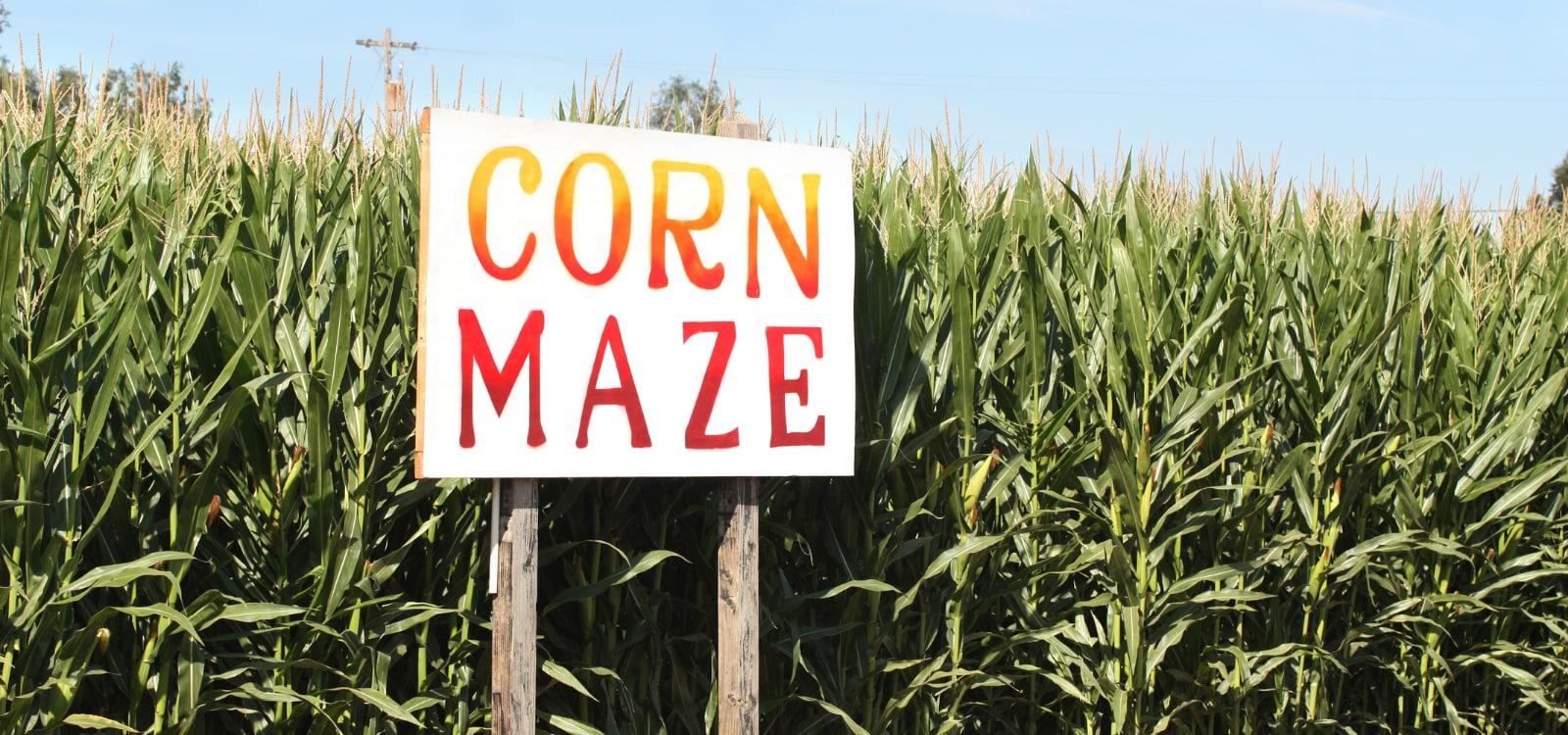The Spooky Side of Ingredient Labels

By Christian Torres, Registered Dietitian and Cowritten by Briana Jacinto, Torrance Memorial Dietetic Intern
Halloween is around the corner and there’s lots of spooky things to fear! This year however we are not so afraid of what’s lurking under our beds or in the woods but more so what’s in the processed foods you are snacking on. Today’s food environment is full of jargon words, sneaky ingredients, and shiny food labels, but what does it all really mean? In addition to including more whole foods, it’s important we have the knowledge and confidence to select the best type minimally processed packaged foods.
Your GPS through the haunted maze: What to look for on the ingredients list… and what to avoid.
Food companies are notorious for utilizing buzz words and catchy titles to lure the consumer towards buying their product. Equipping yourself with the skills and knowledge to dissect the ingredient list will ensure you make an informed decision. This article will focus primarily on the ingredients list. Check this article from the FDA to learn more about reading through the nutrition facts label.
From High to Low
Ingredients are listed by quantity- from highest to lowest amount. This means if refined flour, followed by sugar and oil, are the first three ingredients, you can assume they make up most of the product. Look out for these following ingredients if you want to keep your choices minimally processed:
Refined & Enriched Flour
One of the most common ingredients in today’s food products is refined & enriched flour. This type of flour has been refined to increase taste profile and shelf life but in doing so, it is stripped of key nutrients such as fiber, B-vitamins and protein. Refined flours also make foods hyper-palatable, increasing the risk of over-eating and consuming extra, unwanted calories. Look for the word “Whole” as one of the first 3 ingredients in order to select a true “Whole” wheat or grain product. Another way to ensure your product is made with whole grains is to look for the Whole Grain Stamp with 100% or 50% number, anything less indicates the products contains more refined flour than whole grains.
Processed Oils and Fats
Most salad dressings, condiments and sauces are made with refined oils. Most refined oils have a high proportion of Omega-6 fatty acids and excessive amounts of calories. Although they serve an important role in our health, a high consumption of Omega-6 fatty acids disrupts the ratio with their counterpart Omega-3 fatty acids. This imbalance is one contributing factor to long-term conditions and diseases including heart disease, cancer, asthma, arthritis, and depression. Avoid or reduce the use of foods with oils from sunflower, corn, soybean, and cottonseed. Instead, look for olive, avocado, and flaxseed oil or condiments with water or vinegar as the first ingredients.
Trans Fats
Trans fats are a type of saturated fat that are artificially added to many foods to prolong shelf life and stabilize flavor profiles. They are known to lower your “good” cholesterol and raise your “bad”
cholesterol which can increase the risk of heart disease. Companies can claim their product contains “Zero Trans Fats” and even indicate zero grams of trans fats on the food label if a serving contains less than 0.5 grams. Therefore, it is important to scan the ingredients list for “Partially hydrogenated oils” and “Hydrogenated oils”.
Sugar & Salt
With the rise of ultra-processed foods over the last 50 years, there has also been a widespread increase in the use of sugar and salt to improve their taste, color, and shelf life. However, many times you will not find the words “sugar” or “salt” in the ingredients list. They go by MANY different (and sneaky) names, so it’s important to look for them in the ingredients list. Some commonly used terms for sugar include high fructose corn syrup, lactose, corn sweetener, crystalline fructose, dextran, malt powder, ethyl maltol, fructose, fruit juice concentrate, maltodextrin, and maltose. Some terms used in place of salt include monosodium glutamate (MSG), sodium citrate, and disodium phosphate. Limit your sugar and salt intake to reduce your risk of unwanted weight gain, diabetes, and high blood pressure.
Next time you hit the grocery store, take some time to read the ingredients list of some of your favorite products. Prioritize whole foods and become aware of the sneaky ingredients that make their way into products.
If you have questions or are interested in learning more techniques to help build a healthy and nutritious lifestyle, contact one of our Registered Dietitian Nutritionists at the Outpatient Medical Nutrition Therapy Office or our Diabetes Self-Management Program located in the Torrance Memorial Specialty Center, 2841 Lomita Blvd., Suite 335, Torrance. Call 310-891-6707. https://www.torrancememorial.org/Nutrition